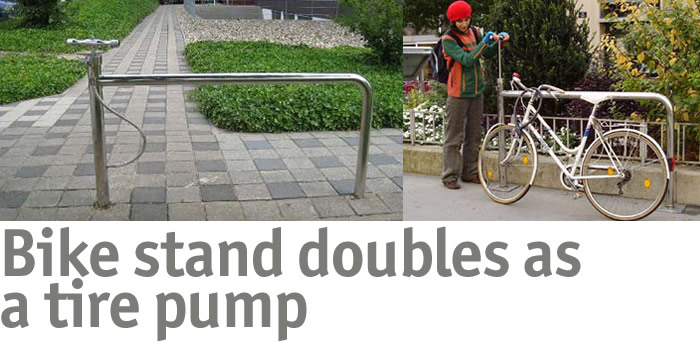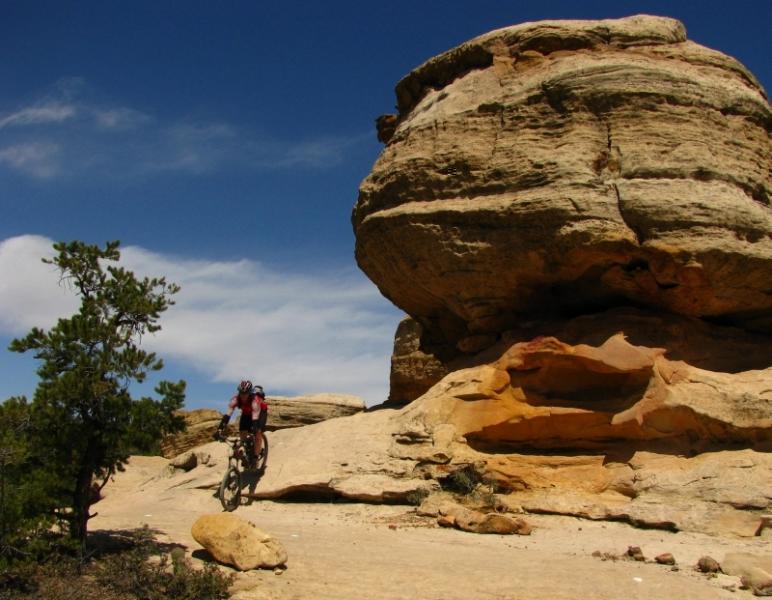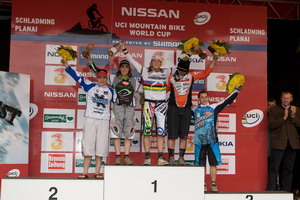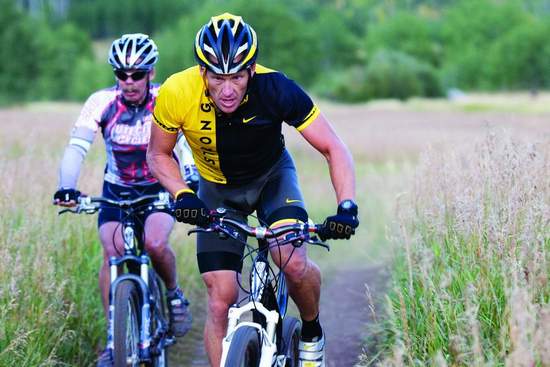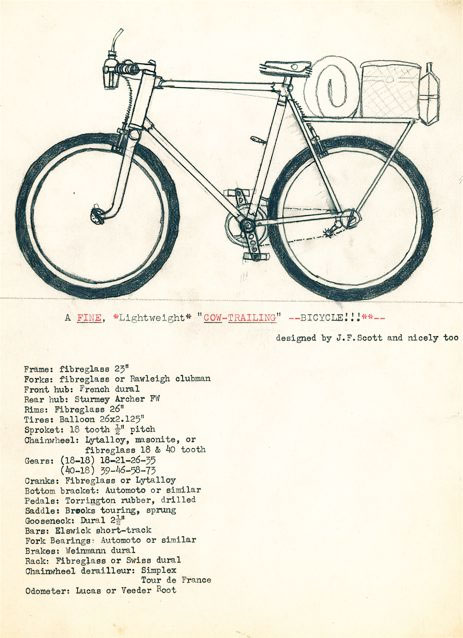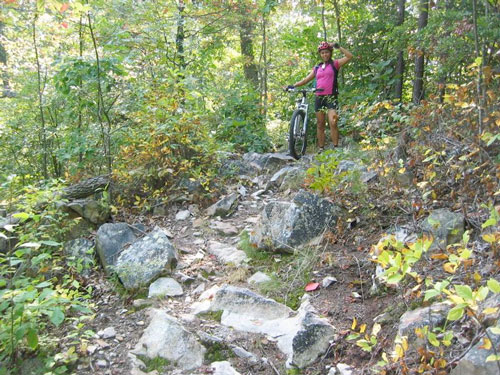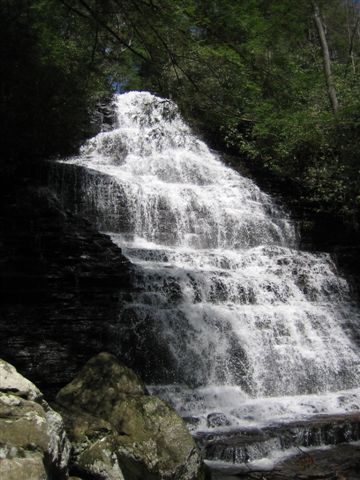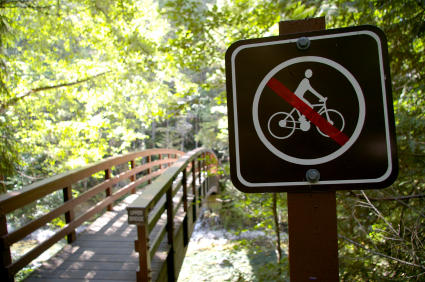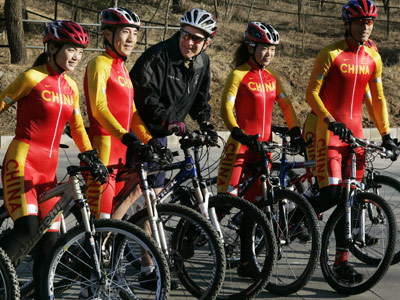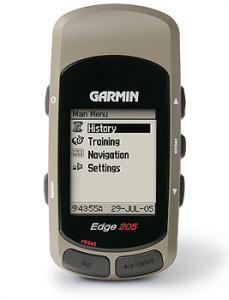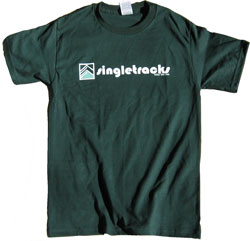Jeff co-founded Singletracks with his wife Leah in 1998 and has been dedicated to sharing the mountain bike information that inspires others to take epic adventures ever since. He started mountain biking in high school and served in the US Air Force before devoting himself full time to Singletracks in 2007.
Though formally educated as an engineer, Jeff began writing stories at an early stage, inspired by his mother who is a longtime accomplished author. He enjoys covering the world of mountain biking from every possible angle, whether it's trails or gear or skills. His goal for every story: that readers learn at least one new thing.
Author snapshot
MTB Background and expertise
- Riding experience: Trail, XC, and bikepacking.
- Mountain biking since: 1992
- Number of products reviewed: ?. I think my first product review for the site was this one for a plastic wallet.
- Current stable: Canyon Neuron, Orange P7 hardtail, and Scott Fun XC
Education and writing experience
- Bachelors of Science in Engineering, Duke University
- Masters of Business Administration, Duke University
- Other publications: Panther Press (Lakeside High School - Augusta, GA), CitySearch.com
This weekend mudhunny and I had the chance to ride a couple of the trails in St. George, UT including the world-famous Gooseberry Mesa trail. Ryan at Red Rock Bicycle Co. hooked…
Earlier this summer we told you about Backcountry.com's one-deal-at-a-time site Chainlove where mountain bikers could find deeply discounted items that sold quickly until they were gone. Based on the success of the…
I'm not sure we'll be seeing these at the mountain bike trailhead any time soon but who knows... And who else but the Dutch would come up with something like this? There…
The Jeep 48Straight tour is pulling into The Canyons @ Park City, UT tomorrow for another weekend of mountain biking, media, and music. Tomorrow's events include an open qualifier for local pros…
SORBA Woodstock is holding the annual mountain bike Fall Festival at Blankets Creek on Saturday, September 27 from 9am-4pm and the singletracks crew is going to try really hard to be there…
Photo for the Tribune by Anthony Robert La Penna / August 29, 2008 The Chicago Tribune published an in-depth article Monday profiling SRAM in light of a planned expansion investment. As anyone…
Photo: Paul Conrad Lance Armstrong won his second mountain bike race in a row this weekend at the 12 Hours of Snowmass with the help of teammates Max Taam and Len Zanni.…
Singletracks just passed a big milestone today when we posted our 500th mountain bike trail map to the site - Fleming Meadows in California. We started the trail map project about 3…
The World Cup of mountain biking season wrapped up this weekend with the final race in Austria where Julien Absalon (France) took first place, his fifth first place finish on the circuit.…
Back in July I posted a theoretical comparison between the iPhone and the Edge 705 for mountain bike navigation and made this point: Speedometer / Odometer / Elevation The iPhone doesn't track…
For those of you who don't know we're part of the JensonUSA affiliate program and each month they send us a list of their 'Great Deals.' Anyway, I thought I'd share some…
Photo by Paul Conrad/ The Aspen Times Lance Armstrong took first yesterday in the Smuggler-Hunter Creek mountain bike race in Aspen amongst "a field of Aspen real estate agents, waiters, bike shop…
In yet another story of a mountain biker overcoming serious injury, the Victoria Times Colonist shares the story of Shauna Paisley Cooper, a 34-year old mother of twins who was paralyzed after…
CNN/Sports Illustrated is reporting that Velonews says Lance Armstrong is planning to return to the Tour de France in 2009 - though the man himself has not confirmed yet. Just like Mike,…
Ever since Dorel took over Cannondale earlier this year we've been seeing some interesting products and announcements from the company: the special edition Scapel unveiled just before the Olympics, the Cannondale iPod…
Did anyone happen to catch video of the protests outside the Republican National Convention in St. Paul, MN last night? The riot police there were using mountain bikes - but not in…
Timothy Jones posted a good article on the Made to Order Bikes blog about mountain bike safety earlier this week that's worth checking out. Beyond wearing a helmet, Jones reminds us of…
Professor J.F. Scott will be inducted into the Mountain Bike Hall of Fame in a ceremony at Interbike later this month and William Savage, director and producer of Klunkerz, has created a…
IMBA has built a great relationship with the National Park Service over the past few years and we're finally starting to see singletrack open to mountain bikes in a select number of…
After discovering the Tanasi trails on the banks of the Ocoee river in Tennessee a few weeks back we were stoked to ride the Chilhowee trails right down the road on the…
Not many people know this but Labor Day was actually created as a holiday for mountain bikers back in 1882 so riders could get in one last epic ride before the end…
Yesterday the Calgary Herald published the inspiring story of Jay McCue, a part-time professional mountain biker who was paralyzed in a biking accident at Panorama Mountain Village in British Columbia two years…
Spoiler alert: Don't read this if you plan on watching the Jeep 48Straight coverage on CBS on September 28. The top mens and womens finishers from Diablo Freerider Park in New Jersey:…
IMBA is promoting its annual "Take a Kid Mountain Biking Day" on October 4 and you can register your group ride with IMBA. If you register your event before September 15 IMBA…
Photo: Paul Gilham / Getty Images / NBCOlympics.com The Olympics drew to a close this weekend but not before the Olympic mountain bikers had a chance to tear up the course at…
Have you heard about this? There's a great article in the current issue of Outside Magazine about how Tom Ritchey and others are trying to help people in Rwanda through cycling. One…
It seems mountain bikers may be wearing out their welcome at certain trails around the US this summer. In just the last 24 hours we've received requests from Virginia, Texas, and Georgia…
I could get used to watching BMX and mountain biking on television and fortunately there's more to come after the Olympic coverage this month. CBS Sports will be airing coverage from 3…
Giant Bicycles is opening a store in Santa Maria, CA in October called Cycle Star that will carry 90% Giant and Giant distributed bikes and accessories. This is the first store of…
We just got a couple t-shirts from the guys at Evomo and needless to say, we're stoked. Mudhunny and I both opted for the iconic 'Braincase' shirt but now we fight every…
Just wanted to remind everyone of the contest happening this month. We're giving away a Garmin Edge 205 GPS to a randomly selected singletracks member who posts a new review on the…
Cannondale sponsored riders Roel Paulissen, Jakob Fuglsang and Kashi Leuchs will be racing a superlight, super-secret 8.8Kg version of the Scapel in the Olympic mountain bike event later this month. Whether the…
I came across this one in the current Springwise newsletter: A Dutch company is marketing stylish helmet covers for the venerable brain bucket. As you can see from the YAKKA diagram the…
I was reading an article in this month's Dirt Rag titled "Pedaling Democracy" and the author had this to say: Mountain bikers need to rally around a Ride to the Ride movement,…
Some readers asked about the Olympic MTB coverage after yesterday's post and EZ-E was nice enough to put together this list of cycling event times and television network information. Set your TiVo…
Photo courtesy AP Although the Olympic mountain biking competition is still 10 days away, the US Mountain Biker in Chief got a chance to check out the Laoshan Olympic Mountain Bike Course…
Photo: Mark Fox / AP Can you imagine what Dave Wiens must be feeling? The man beat Lance Armstrong on a bike this weekend but humbly kept it all in perspective: "The…
Since we're heading into the weekend some of you may be thinking - how should I carbo-load for tomorrow's epic mountain bike ride? The answer, my friends, is beer (assuming you're of…
How'd you like to see one of these out on the trail? Apparently this is a concept being tested by Trek in their own backyard of Madison, Wisconsin. The kiosk is actually…
Photo from Bike Academy For some reason this MTB article on ORF.at was titled "The Powder Snow of Summer" even though there was no mention of snow in the article itself. Either…
A few news items from the mountain bike scene last week: Eight riders fall ill after mountain bike race in UK The National Public Health Service for Wales is asking mountain bikers…
These days you don't see too many mountain bikers rocking clipless pedals from Look but the company is stepping up efforts to get back into the MTB market. Look actually invented the…
Just a quick heads up before we start the official promos: This month we're giving away a Garmin Edge 205 cycling GPS to one lucky reviewer on singletracks. Just submit a review…
With the 2008 Olympics set to kick off in exactly one week I thought I'd talk about three of the mountain bikers that will be representin' for us in China. As you…
Looking for some songs to get stuck in your head for the next time you're out on the trail? Here are some recommendations: Weezer - Weezer (Red Album) The guys are back…
100km.us posted a couple good pics and links last week that you may have missed. via lifeinthefastlane.ca Yep, that's El Diablo, the crazy Tour de France dude, on top of an ENORMOUS…
This weekend mudhunny and I drove up to the IMBA-certified EPIC Tanasi trails just over the Georgia border in southeastern Tennessee. The trailhead is located at the Ocoee Whitewater Center, site of…
Yo yo yo! Just wanted to let you know we received a new shipment of singletracks t-shirts last week - our 4th or 5th printing (sorry, we lost track). This is great…



 1
1
